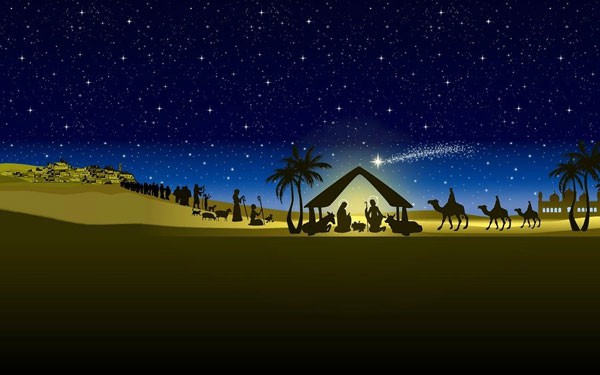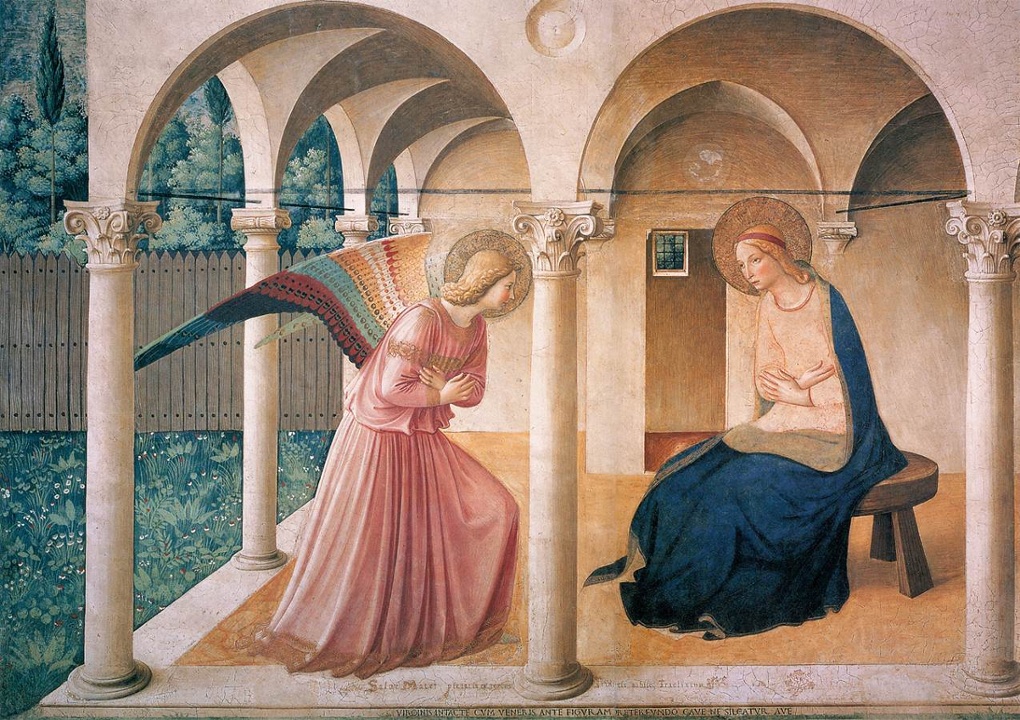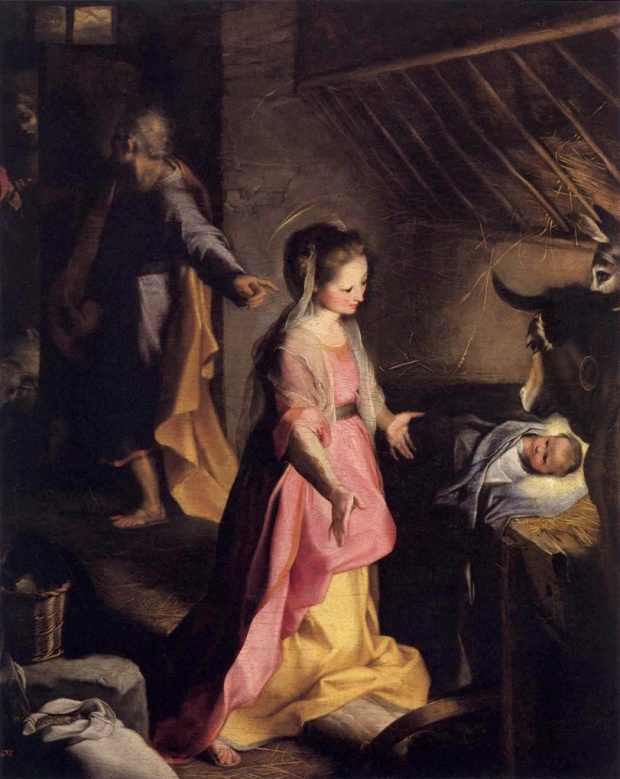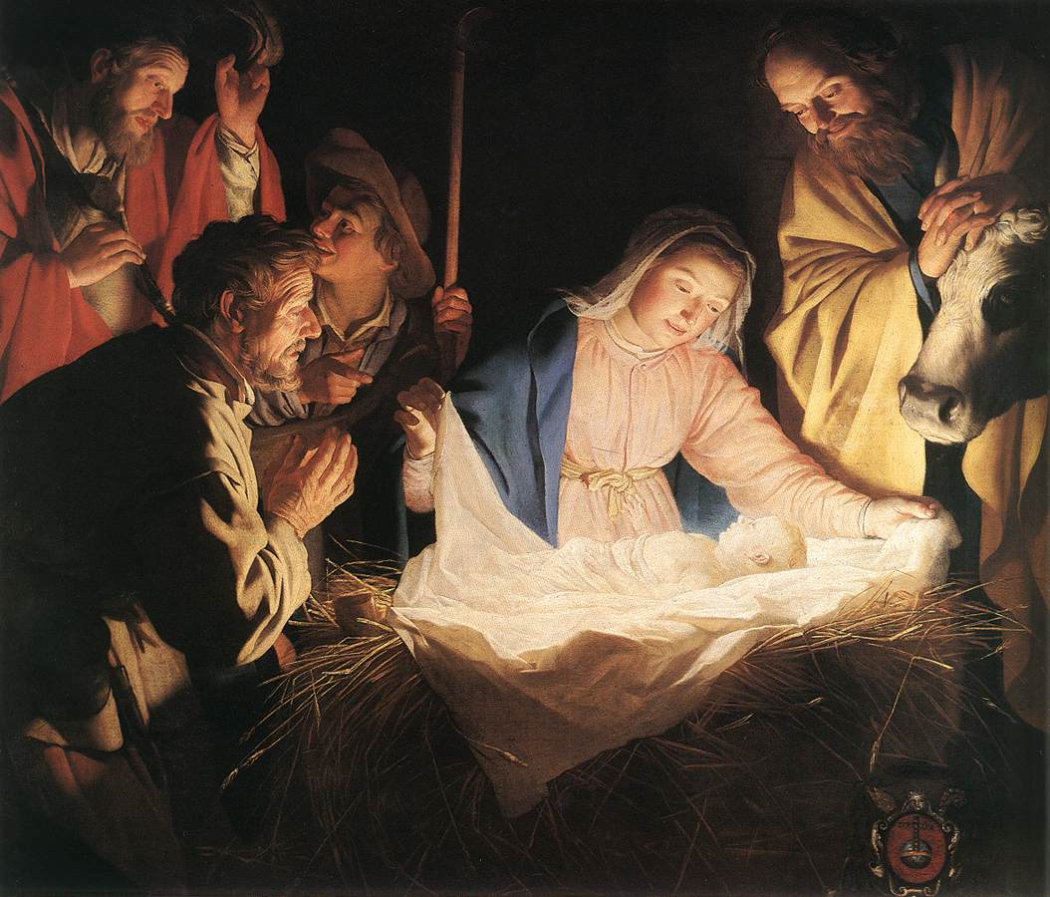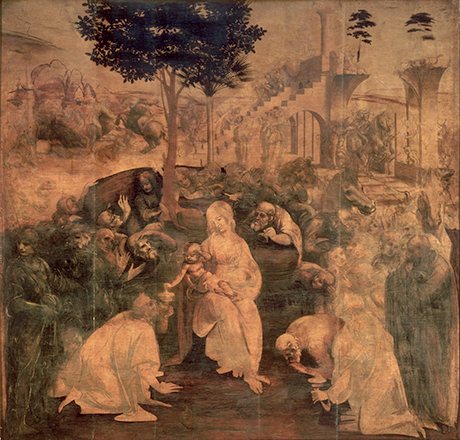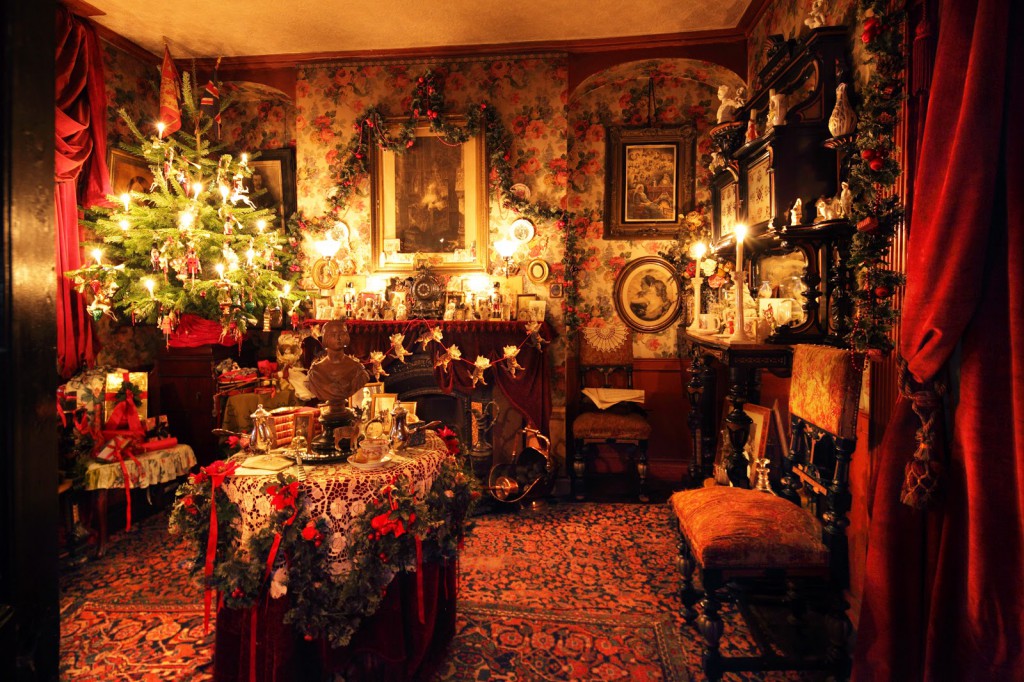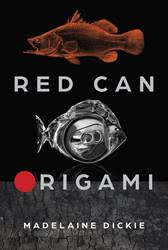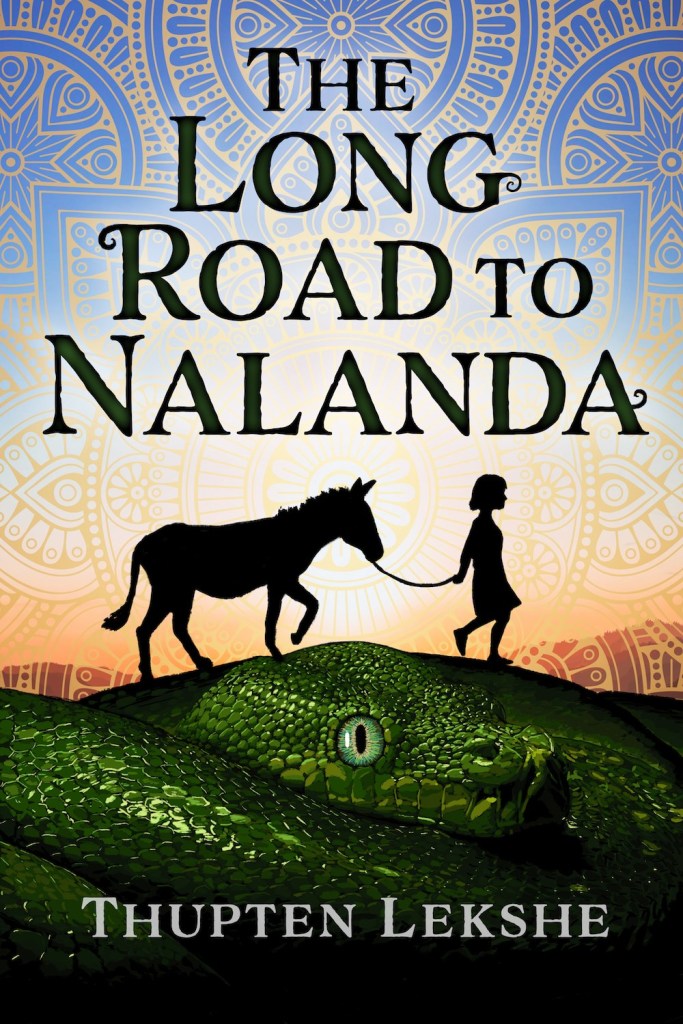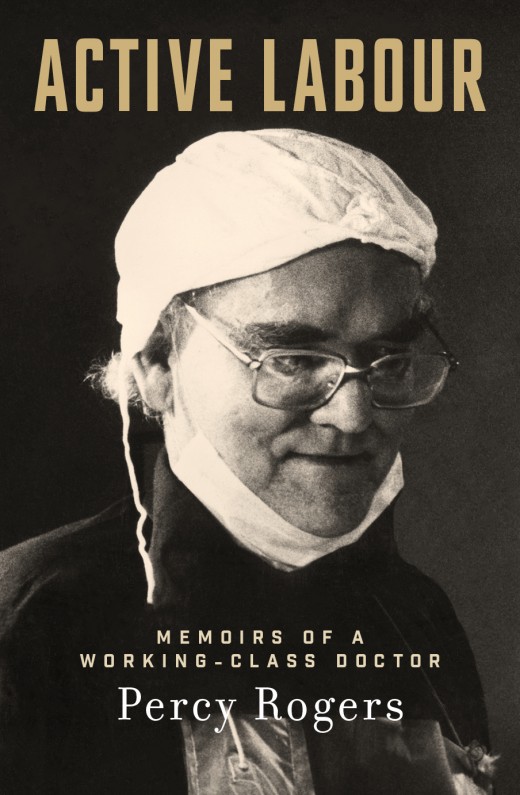The cast of characters in the Christmas story is as extraordinary as it is ordinary: a spectacular archangel, a modest mother, a holy baby, a protective ‘father’, rustic shepherds, exotic wise men and adoring animals. I’ve chosen four of my favourite Renaissance and Baroque paintings of the main events; they date from around 1445 through to 1622. There is little or no symbolism in the images; indeed, the scenes are underwritten with an openness that is deeply human and yet infinitely mysterious.
The Annunciation
‘The angel Gabriel from heaven came’ . . . I recall the first time I climbed the stairs inside the San Marco convent in Florence and saw the fresco depicting the Annunciation, which was painted by the monk, Fra Angelico (c. 1387-1455). The austere serenity of the painting is imbued with a combination of mystery and humanity as the archangel Gabriel, the messenger from God, appears before Mary and announces that she will give birth to God’s son by miraculous means. Mary sits humbly with her hands across her chest, receiving the news from Gabriel; her face is a graceful portrait of poise and engagement. They incline towards each other, look into each other’s eyes, but do not appear to speak.
The plain architecture of the loggia, probably an interpretation of San Marco’s, adds depth, yet Mary and Gabriel are painted in shallow space, a nod to pre-Renaissance painters. The scene is a masterpiece of unpretentious holiness with its eerie stillness. The pale colour of the angel’s robe matches the garment on Mary’s upper half, but Mary’s blue robe is her signature, and Gabriel’s colourful wings add a touch of opulence and heavenly glory.
The Nativity
‘O come ye to Bethlehem’ . . . Of all the nativity scenes in Western art that I have seen, this painting, by Italian artist Frederico Barocci (c. 1533-1612) is my favourite. As with Fra Angelico’s ‘Annunciation’, the two central characters gaze intently at each other. Barocci’s art combines the beauty and humanism of the High Renaissance with the naturalism and theatricality of the early Baroque. He was a master of colour, especially gold, grey and rose pink, and here he nails the chromatic key. Barocci also creates his own version of Leonardo’s and Correggio’s famous sfumato to soften the outlines, especially the faces. But Barocci’s manipulation of light is perhaps his greatest technical achievement. There is no natural light or candlelight in the stable; instead, the divine light radiating from baby Jesus illuminates his loving mother, who is not dressed in traditional blue; the gentle faces of the ox and the donkey are also bathed in the glow. Mary’s expression is serene and all-knowing. The diagonal recession into space directs our eye to where Joseph turns to open the door, inviting the shepherds into the stable. They are the first visitors, humble and adoring . . .
The Adoration of the Shepherds
‘O come let us adore him’ . . . The shepherds are spellbound and overwhelmed as they fix their gaze upon baby Jesus. They are the first to arrive, and the first to recognise Christ’s divinity, before the rest of the crowd arrives. The scene is close and intimate—not a sheep in sight, but the ox looks on while Joseph rests his hands on its head.
The lined and weathered faces of the ageing shepherds are well defined and their expressions enlivened by the direct light and sharp chiaroscuro, which is unmistakably Caravaggesque. During his stay in Italy between 1610 and 1620, the Dutch artist, Gerrit van Honthorst (1592-1656), was influenced by Caravaggio, copying his hyper-realism and dramatic use of chiaroscuro (van Honthorst taught the technique when he returned to the northern Netherlands, and was a joint leader of the Utrecht Followers of Caravaggio). However, the artist uses a softer palette than Caravaggio, which gives the human faces a warmer hue, contrasting with the brilliant white of the unworldly baby, who transmits a divine light. The scene is one of intense meditation and intimacy, which is accentuated by the darkness behind them. The rustic, yet dignified, shepherds are dressed in similar clothes to Mary and Joseph, emphasising the mission of the earth-bound son of God who will live his childhood as a carpenter’s son.
Adoration of the Magi
‘We three kings of Orient are’ . . . Leonardo’s unfinished altarpiece for San Donato a Scopeto in Florence, ‘The Adoration of the Magi’, completes the Nativity story—and it is the most mysterious painting of my chosen four. The three Magi, or wise men from the exotic East, who gained royal stature in art and hymns, travel to seek out the holy baby. In art, the arrival of the Magi with generous gifts from the Orient intrudes upon the scene with others already gathered to bear witness. This is more like the modern, materialistic celebration of Christmas that we are familiar with in the western world today.
Yet, in this painting there is nothing showy or exotic about the three elderly men bowing before Mary and Jesus. The stable is now banished to the right and Leonardo has chosen to portray the infinite variety of humanity in an obscure landscape that features ruined architecture and warring figures and horses. The triangular foreground group includes the main characters: Mary, Jesus and the Magi. The power of this painting emanates from the juxtaposition of movement and stillness, transparency and solidity, peace and war, the divine and the sense of every-day life. The lack of colour drains out any sense of negative and positive space, denying themes of wealth and power any reality or materiality.
Even though the Christmas story is a divine event, the setting and the onlookers are humble: the rustic birth place, the straw in the manger, the animals, the shepherds, and even the wise men. These Bethlehem Nativity paintings have something for everyone to ponder, whether we believe the story or not: beauty, silence, stillness, peace, wonder, generosity, love, faith, mystery.
Merry Christmas!
As promised, a peek inside Dennis Severs’ House at Christmas. I can smell the mulled wine!
And, my last quote for the year:
Art, in a sense, is life brought to a standstill, rescued from time.
James Salter (Burning the Days)

